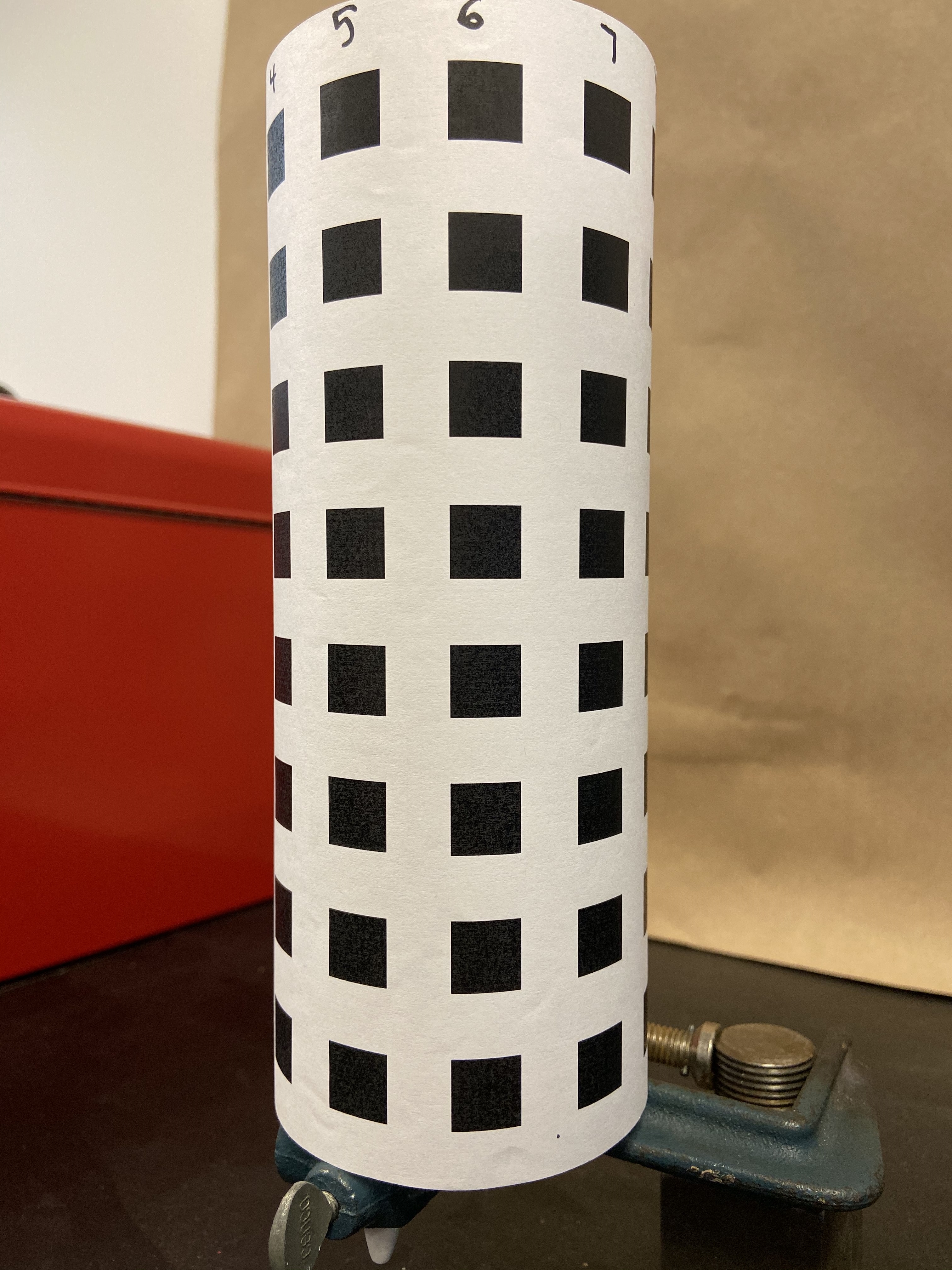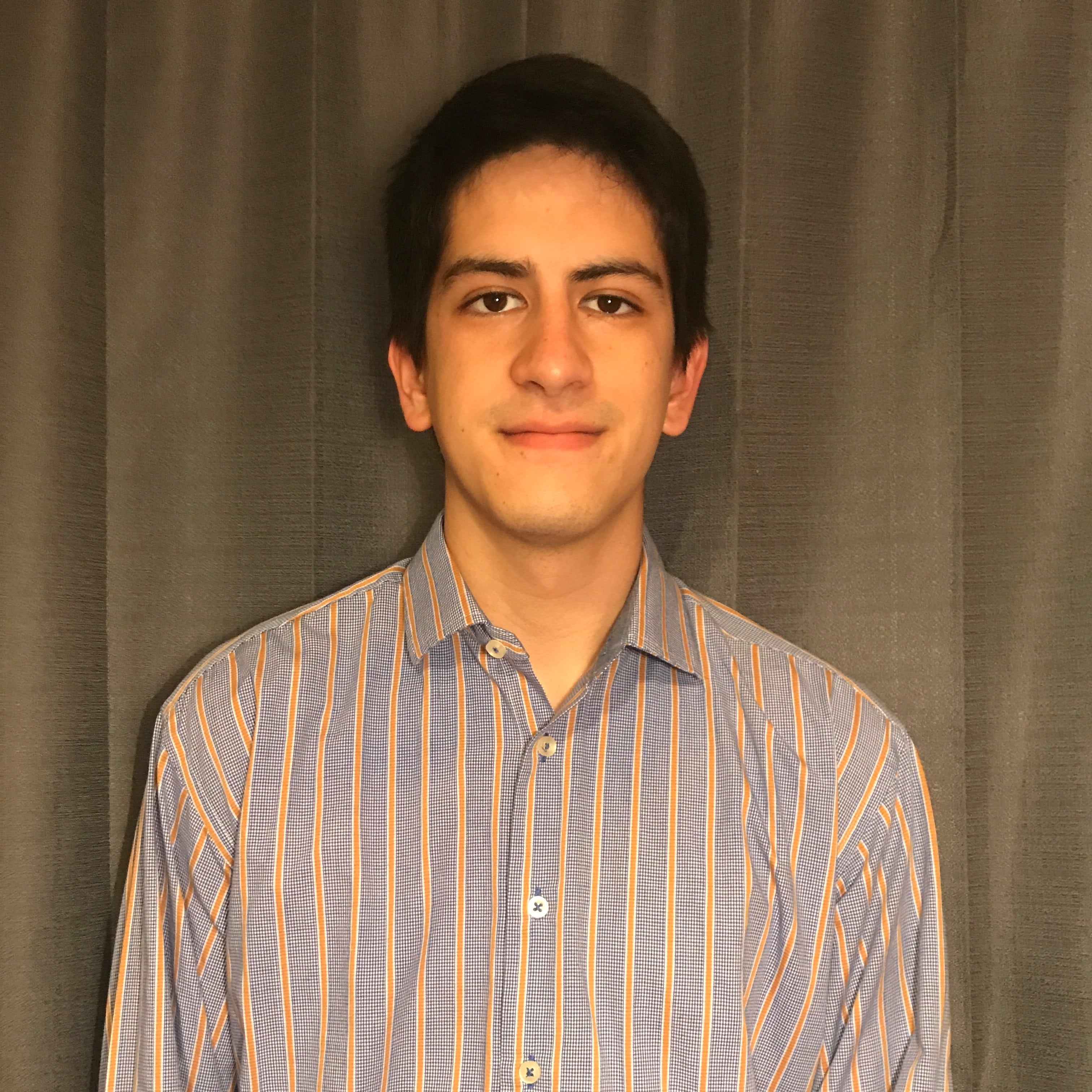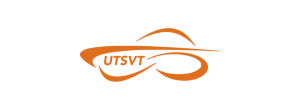Digital Image Coorelation Final Project
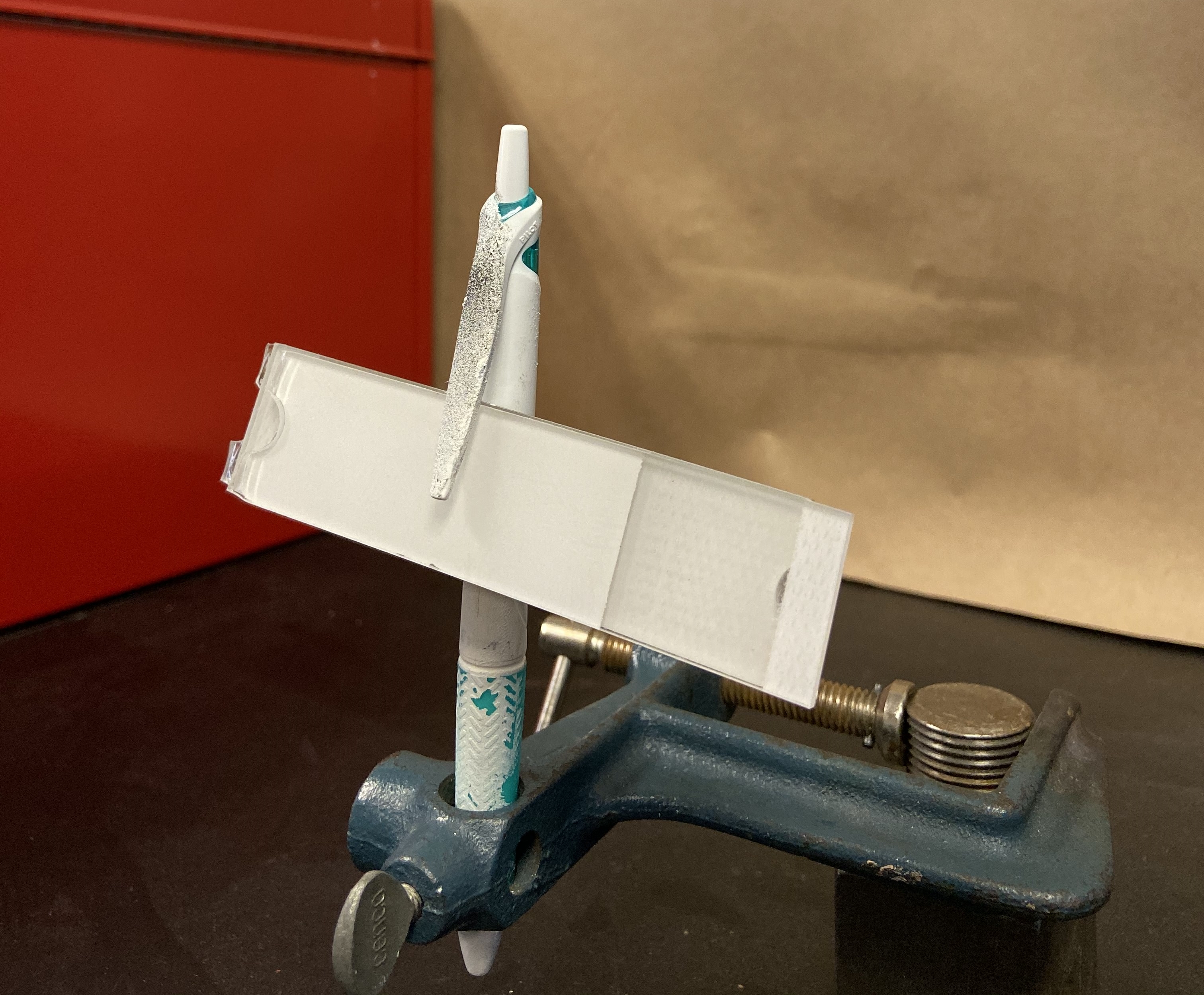 With this semester wrapping up, I would like to detail some work I have done outside of the Longhorn Racing organization.
Working on the solar car has been a great endavour as I have made great strides working with safety oriented firmware development, however, I will be covering some hardware oriented coursework
I participated in for an Electromechanical Systems laboratory.
With this semester wrapping up, I would like to detail some work I have done outside of the Longhorn Racing organization.
Working on the solar car has been a great endavour as I have made great strides working with safety oriented firmware development, however, I will be covering some hardware oriented coursework
I participated in for an Electromechanical Systems laboratory.
This course focused on critical skills for validation and test engineers. Ranging from monitoring a system for temperturare variations, to identifying frequencies of resonance for wing structures, this class delved into professional experimental analysis and the critical role analog and digital electronics play in them. The most consistent trait of this class was the utilization of LabVIEW as a central hub for conversion and collection of signals, with little material convering the inner workings of the National Instruments Data Acquisition tools and how they work with LabVIEW and the specified sensors. My previous experience with barebones sensor intergration with microcontrollers gave me a better conceptual understanding of how the measusrment signals collected were being processed by LabVIEW and the associated tools, giving me time to focus on proper sensor selection and implementation. Using what I’ve learned in this course, I would feel much more comfortable setting up a lab to conduct extended testing and monitoring. Becoming familiar with the LabVIEW suite, as well as learning the fundementals of analog and digital measurement has made automated data collection and analysis much more approachable.
Our most exciting endavour was our final project, where we identified the buckling load of writing utensils using Digital Image Coorelation (DIC) software. DIC software functions by taking successive photographs of a structure under a load and comparing the displacements of numerous dots on the surface as they move over time. Generating a surface plot of a strain distribution is a straight-forward procedure, as strain is simply a normalized measurement of displacement. however our unique structure intoduced an unforseen challenge. Using shims to strain the writing utensil created a bending moment. Uniform structures experiencing a tension or shear force can be accurately represented with a two dimensional perspective, while objects undergoing a bending moment require a more comprehensive reprentation to capture both the compressive and tensive strain along both surfaces, as well as the edges.

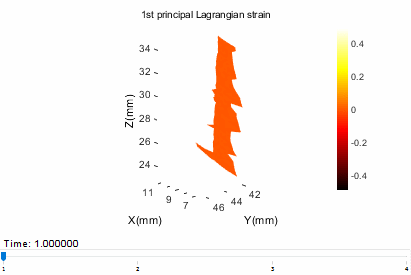 To our delight, a free to use Matlab plugin, MultiDIC seemed
to provide the exact features we needed to capture a full strain profile of our pen cap. This three dimensional capable DIC software requires at least two cameras, requiring much more careful
calibration, but can create comprehensive strain distributions with only one dataset. By having each camera take a photo of a cylinder covered in squares of a known size while remaining in their
given position, the MultiDIC software is capable of identifying the squares that are caputured in both frames. This overlap gives the cameras a refrence point to estimate their positions relative to each other
and the calibration cylinder.
To our delight, a free to use Matlab plugin, MultiDIC seemed
to provide the exact features we needed to capture a full strain profile of our pen cap. This three dimensional capable DIC software requires at least two cameras, requiring much more careful
calibration, but can create comprehensive strain distributions with only one dataset. By having each camera take a photo of a cylinder covered in squares of a known size while remaining in their
given position, the MultiDIC software is capable of identifying the squares that are caputured in both frames. This overlap gives the cameras a refrence point to estimate their positions relative to each other
and the calibration cylinder.
